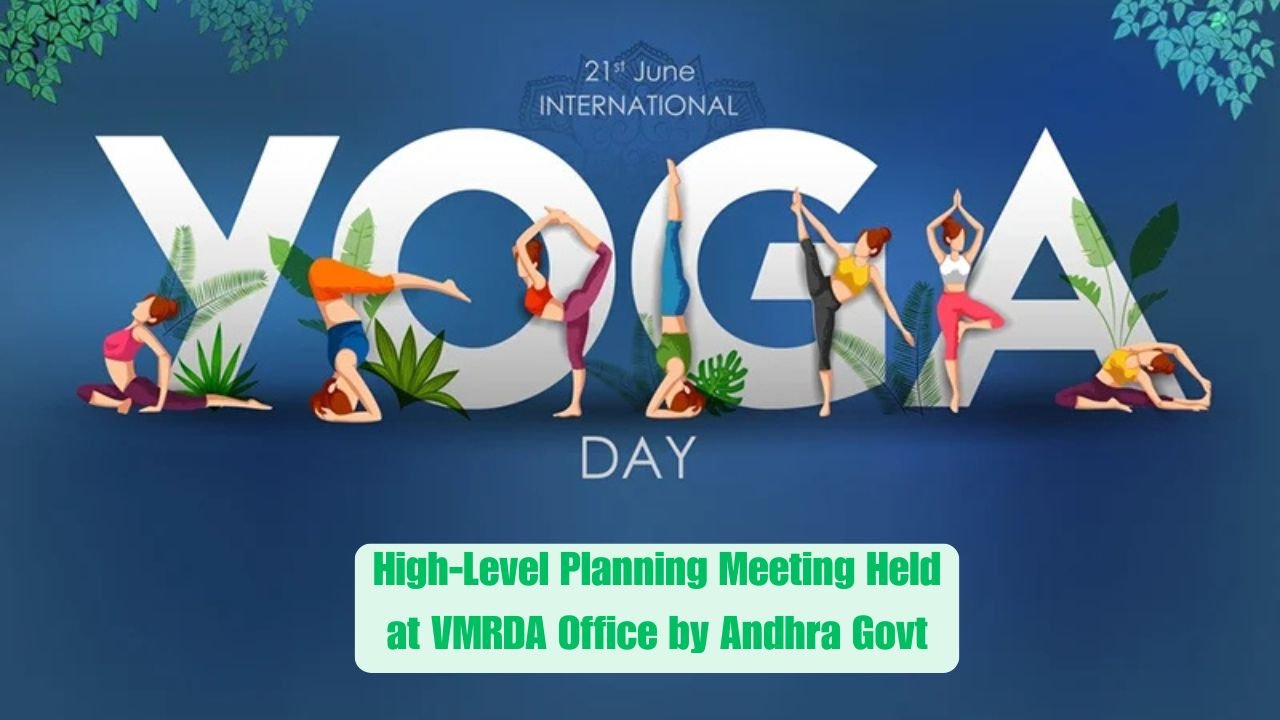1. Climate Change: A Growing Threat to Human Survival
Climate change is no longer a future problem—its effects are being felt today. Droughts, floods, cyclones, and storms are becoming more frequent and intense. These disasters destroy homes, damage infrastructure, and push millions into distress. But beyond environmental destruction, climate change now directly threatens human survival—impacting food security, water supply, jobs, health, and social peace. It’s a global emergency that demands urgent and collective action.
2. Understanding Human Security Beyond War and Violence
Human security is not just about protection from wars or terrorism. It means ensuring that every person has access to basic needs—like food, shelter, clean water, healthcare, and livelihood. It also means protection from social injustice, disease, and disasters. Today, climate change is making it harder to provide these essentials, especially in poor and vulnerable communities, making human security fragile and uncertain.
3. Shrinking Land and Water Resources
With rising global temperatures, droughts are increasing, and water bodies are drying up. This has intensified competition for fertile land and clean water. In places like Mali, Somalia, and Iraq, clashes between farmers and herders are rising. Jordan is implementing special water supply projects, while Africa’s “Great Green Wall” is transforming barren land to fight desertification and generate jobs. These examples show that resource scarcity is a serious security concern.
4. Food Insecurity and Rising Hunger
Climate disasters destroy crops, kill livestock, and disrupt supply chains—leading to hunger. In East Africa, locust attacks worsened by climate conditions have devastated crops. Coastal regions and islands are losing fish due to rising sea levels. Globally, over 780 million people already face hunger, and with each degree of warming, this number could increase drastically. This crisis is especially severe in countries dependent on agriculture, like Afghanistan.
5. Climate-Induced Displacement and Migration
Every year, millions are forced to leave their homes due to floods, droughts, and storms. Countries like Pakistan, Madagascar, and island nations such as Tuvalu face rising sea levels that threaten to submerge land permanently. As people migrate in search of safety, employment and essential services become scarce. This leads to overcrowding in cities, loss of identity, and growing inequality, creating further instability and insecurity.
6. Disproportionate Impact on the Poor
Climate change hits the poorest the hardest. Those who depend on agriculture, fishing, or daily wages lose their incomes when the environment changes. They lack insurance, savings, or safety nets. By 2030, climate change could push over 100 million more people into poverty. Politically unstable regions suffer even more, as development slows and foreign investment dries up. Climate inequality is deepening the gap between the rich and the poor.
7. Women and Girls Face Increased Vulnerability
In many parts of the world, women bear the brunt of climate change. In areas like Somalia and Yemen, they face social violence, sexual abuse, and early marriage due to increased community stress and scarcity. Often, they walk miles for water or firewood, missing school or work. But some positive changes are happening—projects in Yemen are involving women in water management, giving them voice, dignity, and decision-making power.
8. Climate Change as a Conflict Multiplier
Climate stress acts as a multiplier for existing tensions. In areas where social or political unrest already exists, worsening environmental conditions lead to more violence, ethnic tensions, and armed conflict. Disputes over scarce resources like water or land can turn violent. Climate change also contributes to radicalization, as frustrated youth may turn to extremist groups when no livelihoods exist. This makes climate change a serious security issue, even in geopolitical terms.
9. Efforts Toward Sustainable and Resilient Solutions
Governments and organizations are starting to take action. Initiatives like Africa’s Great Green Wall, climate risk prediction systems in Afghanistan, and refugee water projects in Jordan are examples of how proactive planning can help. But these efforts need to expand. The UN has proposed a $500 billion SDG Stimulus Package to support struggling nations. The aim is to build resilience, promote equality, and prevent disasters before they occur.
10. The Call for Climate Justice
Climate change is not just an environmental issue—it’s a question of justice. The people who contribute least to carbon emissions suffer the most from its impacts. Rich countries must support poor nations in building climate resilience. This includes financial help, technology transfer, and fair climate policies. It’s not enough to plant trees or reduce plastic—what’s needed is climate justice, where every human gets the right to live with dignity and safety, no matter where they are.






